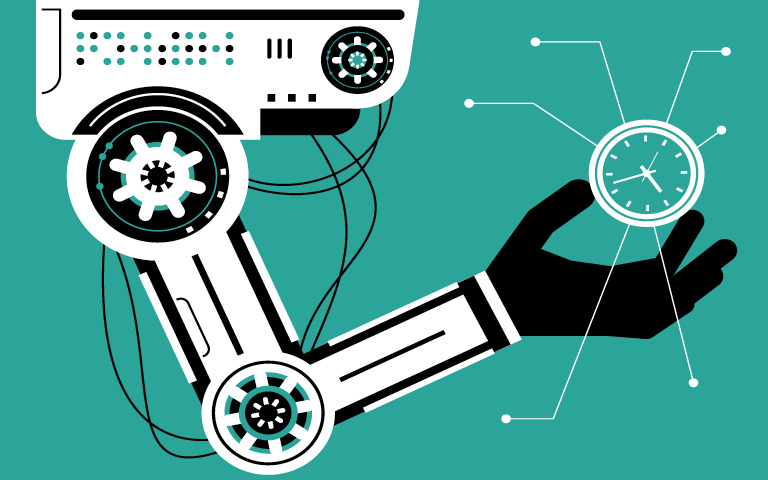More and more AI products are hitting the market each month. As of its last update in September 2021, the U.S. FDA lists 343 AI-enabled medical devices, with 241 relating to radiology. With new algorithms reaching extraordinarily high performance for their given tasks, many radiologists are wondering why there is not more widespread adoption of AI tools in clinical practice. Ironically, these myriad AI tools might actually make it more difficult to determine which product could have the most impact on your radiology department’s needs.
Most imaging AI tools focus on a specific clinical problem, for example, they search for a specific imaging finding on a single imaging exam type. Few tools are focused on solving multiple problems as a primary goal. As has been demonstrated by many publications and commercial products, AI algorithms can improve workflow and patient care, but the appeal of discrete, one-solution tools has not been enough to spark widespread adaptation. There are various reasons for this, including the cost of individual implementation and challenges with demonstrating return on investment.
Addressing Issues With Implementation
A general radiologist performs many different diagnostic tasks in the course of a day. An imaging AI system that gives an alert for pneumothorax or a natural language processing tool that generates recommendations for thyroid nodule follow-up are both useful for efficiency, patient care, and quality of interpretation. But how many times in a day would one call upon such a tool? To harness the full effect of automated tools in radiology, will departments need to build or purchase numerous AI tools? Not only would the purchase of multiple AI algorithms be very expensive to radiology practices, the training involved for radiologists to use each element with its own user interface is a prohibitive hurdle.
No matter how you approach it, putting individual AI tools into place is inefficient. Each tool needs to be fine-tuned and trained on local imaging studies to attain peak accuracy. Once deployed, each tool must be continually monitored for performance. Technical staff then has to learn to troubleshoot multiple new programs and understand how they are each uniquely integrated into their EHR and PACS systems.
Given these logistical challenges, demonstrating that any given AI algorithm increases revenue by enabling higher radiologist efficiency is difficult. And making the case for purchasing multiple costly programs — without a large gain in efficiency for each one — is not something many practices are willing to tackle.
Some of these problems could be addressed by designing AI programs that have more robust use and output. This strategy has been limited primarily because designing a single algorithm to do multiple different things is a computationally difficult task and needs large training datasets.
Despite the challenges, new algorithms and techniques have made multitask tools in imaging and text-based algorithms more feasible. For example, a tool that generates automated follow-up recommendations for multiple body areas and modalities is more appealing to a general practice than one limited to pulmonary nodules on chest CT only.
Designing Multitasking AI Tools
With the current granularity of AI research in radiology, developers could benefit from considering a broader approach to reach a larger audience. Combining AI algorithms into a single commercial product with multiple facets would have many benefits. A single multitask product would be easier to use and support than multiple products from different vendors. Not only would grouping multiple tools together make AI useful for more cases in a daily workload, it would also make it easier to demonstrate a sizable impact on a radiology practice.
Those who have deployed AI in diagnostic imaging are telling us it has value, but the majority of radiologists are not currently using AI tools in practice. The ever-increasing ability of AI to perform high-level tasks with accuracy and support radiologists in improving patient care can best be demonstrated by more direct clinical use in real-life practice.
Introducing more comprehensive AI products could be a gamechanger that would increase the overall use of AI in clinical radiology practice. Considerable evidence supports the predictions that powerful AI tools will have a positive impact on the role of radiologists in patient care. Finding more ways to widely adopt these available tools should be actively pursued in research and clinical practice.

